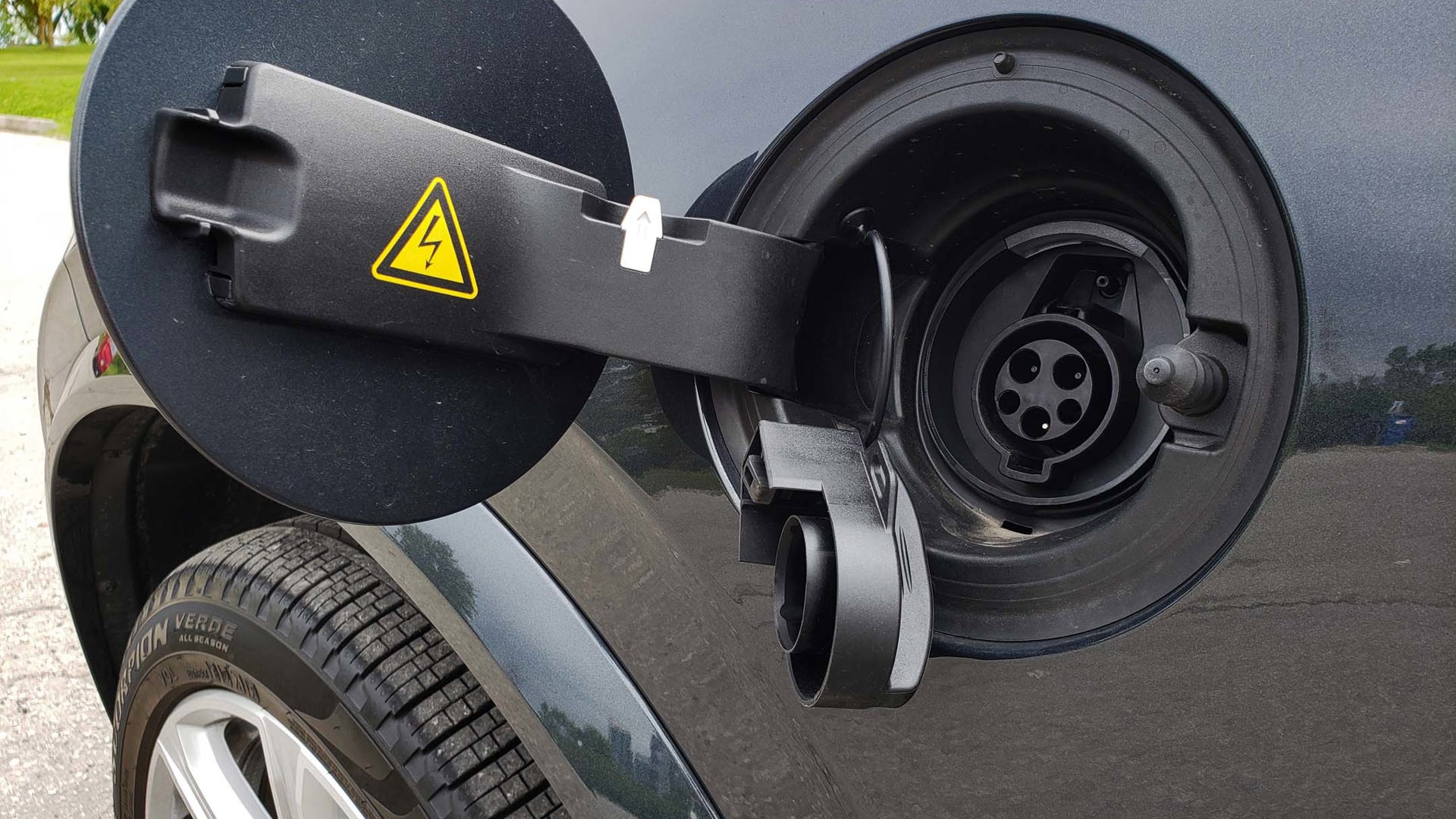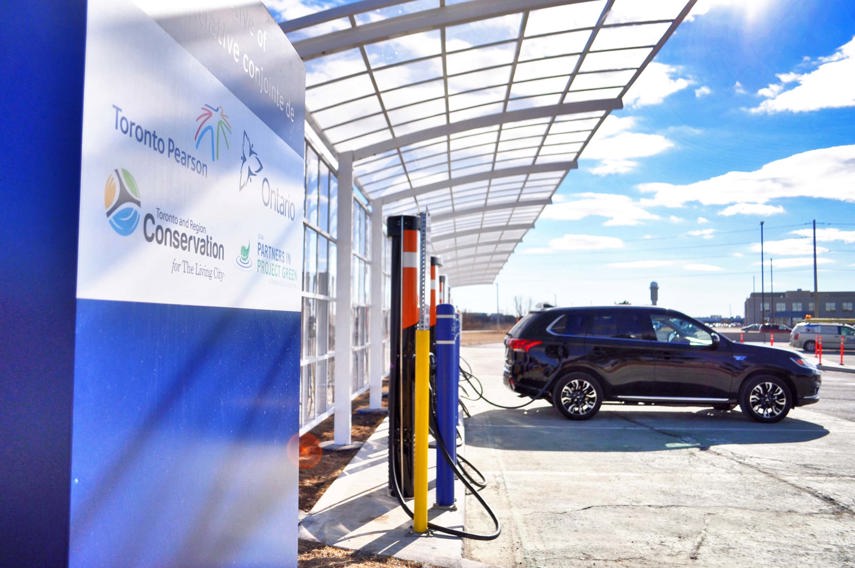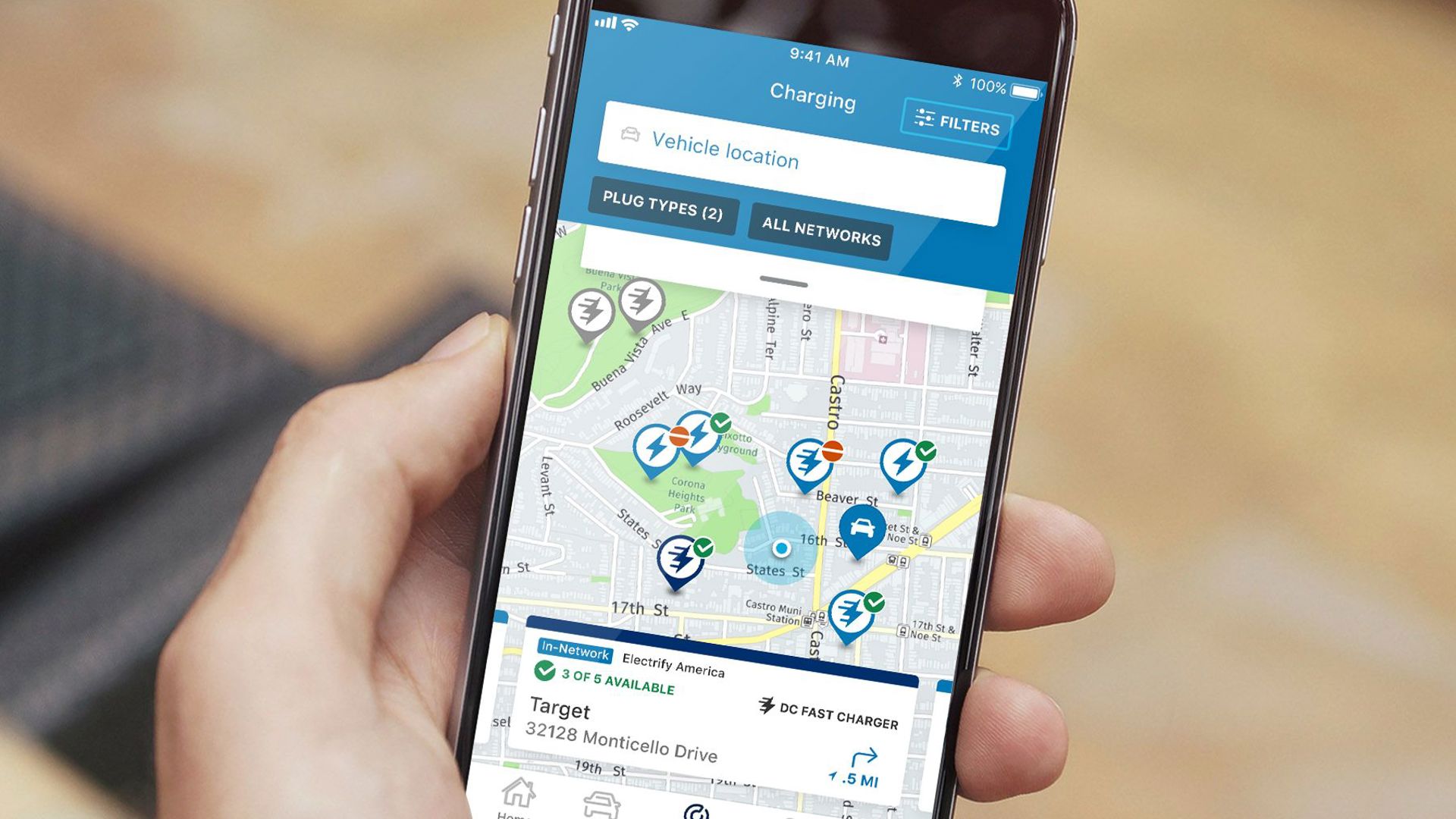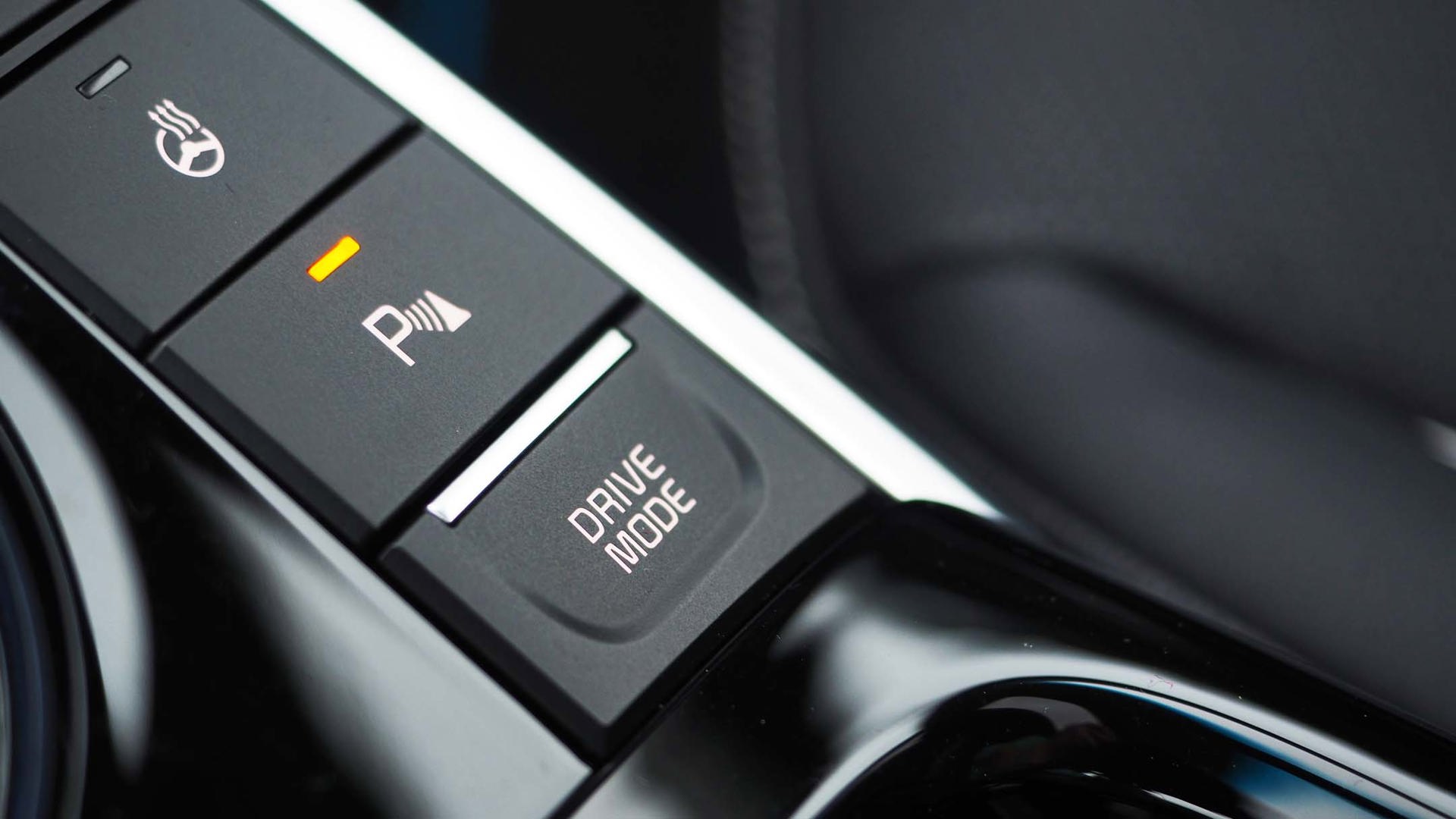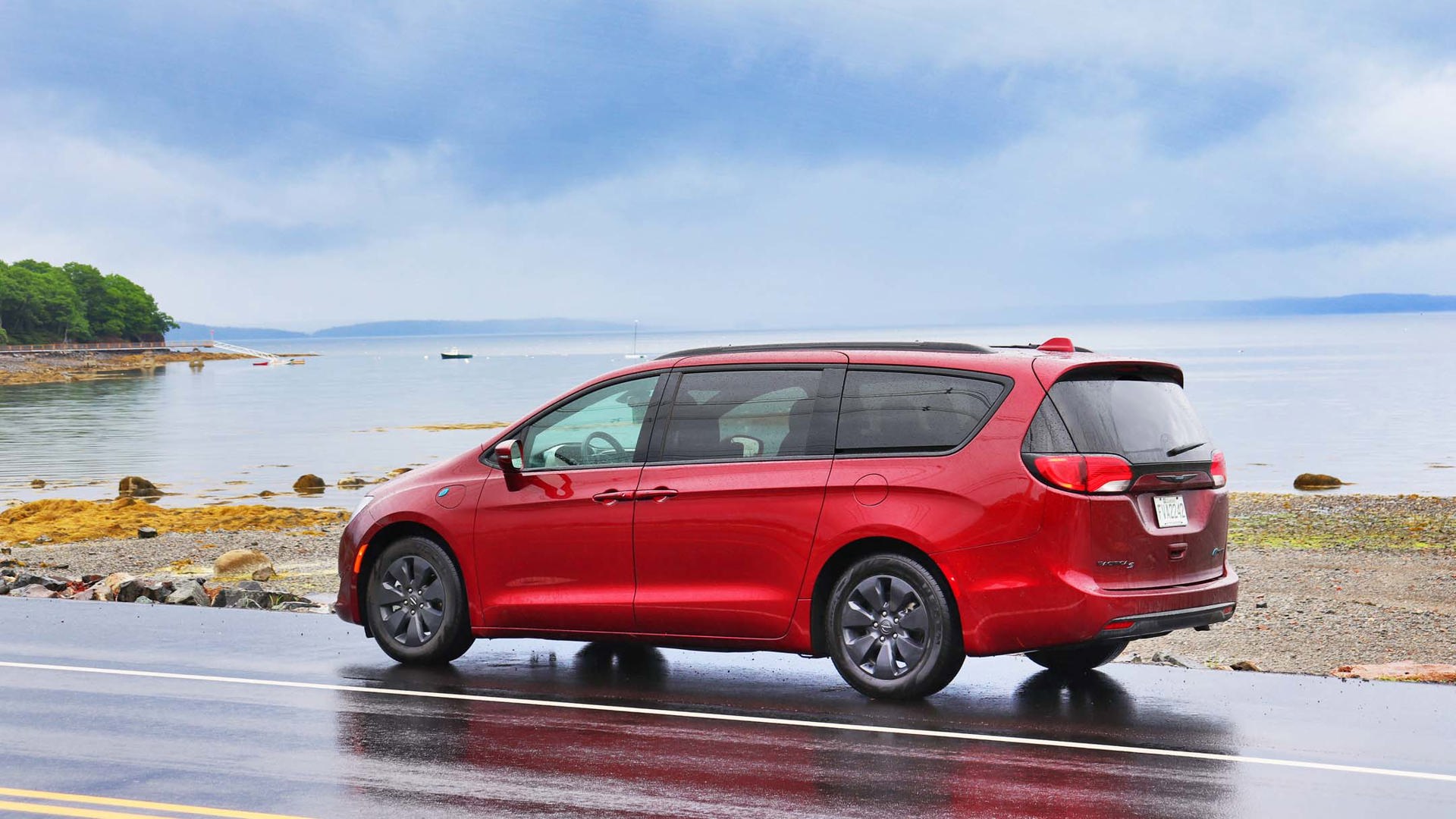No one wants to pay more for fuel than they have to, regardless of what kind of car they drive. But if you’ve paid a premium for a shiny new plug-in hybrid vehicle (PHEV) with both electric and gas-powered motivation, no matter how much you appreciate the environmental advantages they offer, you’re also likely looking forward to having those gas savings ka-ching their way into your piggy bank.
This can be more difficult in winter especially when PHEVs eat through their valuable electric range quicker thanks to lower temperatures and higher cabin heat needs. But no matter what province you’re in, driving on electricity charged at home is always considerably less expensive than driving on gas – even with the priciest peak Ontario power, as we found here.
So here are some ways to get back some of those higher upfront costs and then actually start to save money with your PHEV. There are potentially even more savings if you opt for a pure battery electric vehicle with no engine or gas use at all.
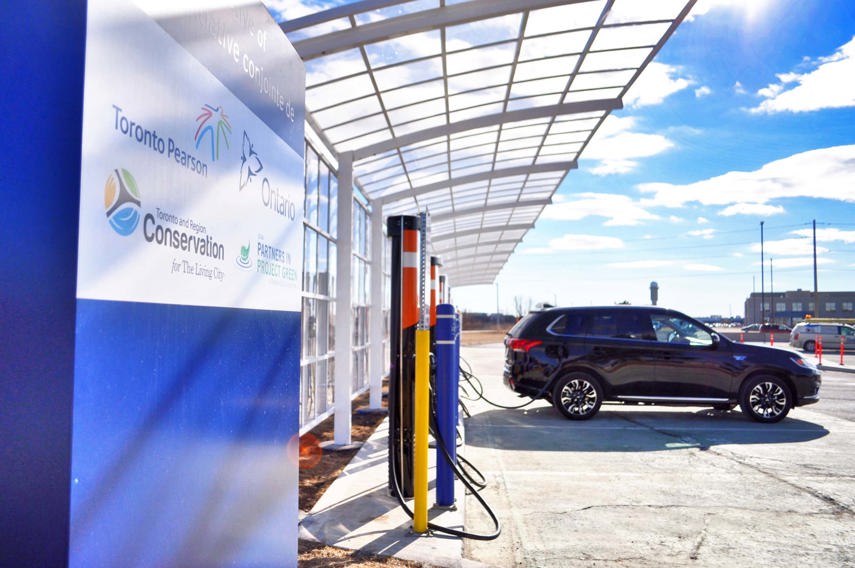
1. Look into Rebates for Chargers and Used EVs
Most potential buyers will be aware of the larger new vehicle government rebates, but don’t forget the smaller ones as well. B.C. and Quebec offer rebates for installing charging equipment at home (up to $700 and $600, respectively), which is a wise investment for most Canadian plug-in buyers for both convenience and speed of charging.
There are also much less publicized rebates for used plug-in vehicle buyers. In Ontario, there’s a $1,000 rebate available for any used plug-in vehicle (long as it costs less than $50,000), as organized by Plug ‘N Drive Canada (and funded privately through the M. H. Brigham Foundation).
In Quebec, up to $4,000 for used EVs is also available, but only for battery-electric vehicles (BEV), not PHEVs. So if you can put gas in it, it won’t be eligible for this rebate and there’s a full list of used vehicles and their eligible rebates listed here.
In B.C., there are a very limited number of used EV rebates of up to $3,000 through the private ScrapIt cash-for-clunkers program if you’ve owned an older vehicle for at least six months and retire it in exchange for a BEV or a long-range PHEV. And there’s also a different private program that offers a free home charger from ZapBC, worth roughly $1,000, but isn’t stackable with the B.C. government electric vehicle supply equipment (EVSE) rebate.
2. Keep Updated on New EV Rebates
Don’t be caught out by changes to major EV rebate programs, as some buyers in Ontario were when the provincial government scrapped its $14,000 EV incentive entirely in summer 2018. We’ve provided links for full details on all of these plans below, but in summary, as of May 2019, the Canadian federal government’s iZEV program started offering $2,500 for PHEVs that offer minimal all-electric driving (roughly less than 50 km worth of all-electric range, judged by using batteries less than 15 kWh in size), and $5,000 for PHEVs offering more range (like the Chrysler Pacifica Hybrid and BMW i3 REx, for example).
These are available as point of sale rebates for cars that start under $45,000, or seven-seat-plus vehicles under $60,000 (a.k.a. the Chrysler Pacifica clause), with dealers handling the paperwork with the government.
Quebec offers its own rebate on top of this, up to $8,000 or half that amount for PHEVs with lower range. Luxury EV buyers here take note: as of April 1, 2020, Quebec has phased out its $3,000 rebate for any plug-in or fuel cell vehicle that costs $75,000 to $125,000. By then, its new vehicle EV rebates will only apply to plug-in vehicles or fuel-cell electric vehicles (FCEVs) with an MSRP of less than $60,000.
In B.C., the new vehicle rebate is now a maximum of $3,000, down from $5,000 up to mid-2019, with that top rate almost exclusively for gas-free BEVs – with the notable exception of the BMW i3 REx and the discontinued Chevrolet Volt. All other sub-$55K PHEVs are eligible for $1,500 in B.C., as of June 22, 2019, with full details here.
B.C. drivers that are also willing to take an older vehicle off the road at the same time may also be eligible for a limited number of private-sector ScrapIt rebates, worth up to $6,000 on new plug-ins or fuel cell vehicles.
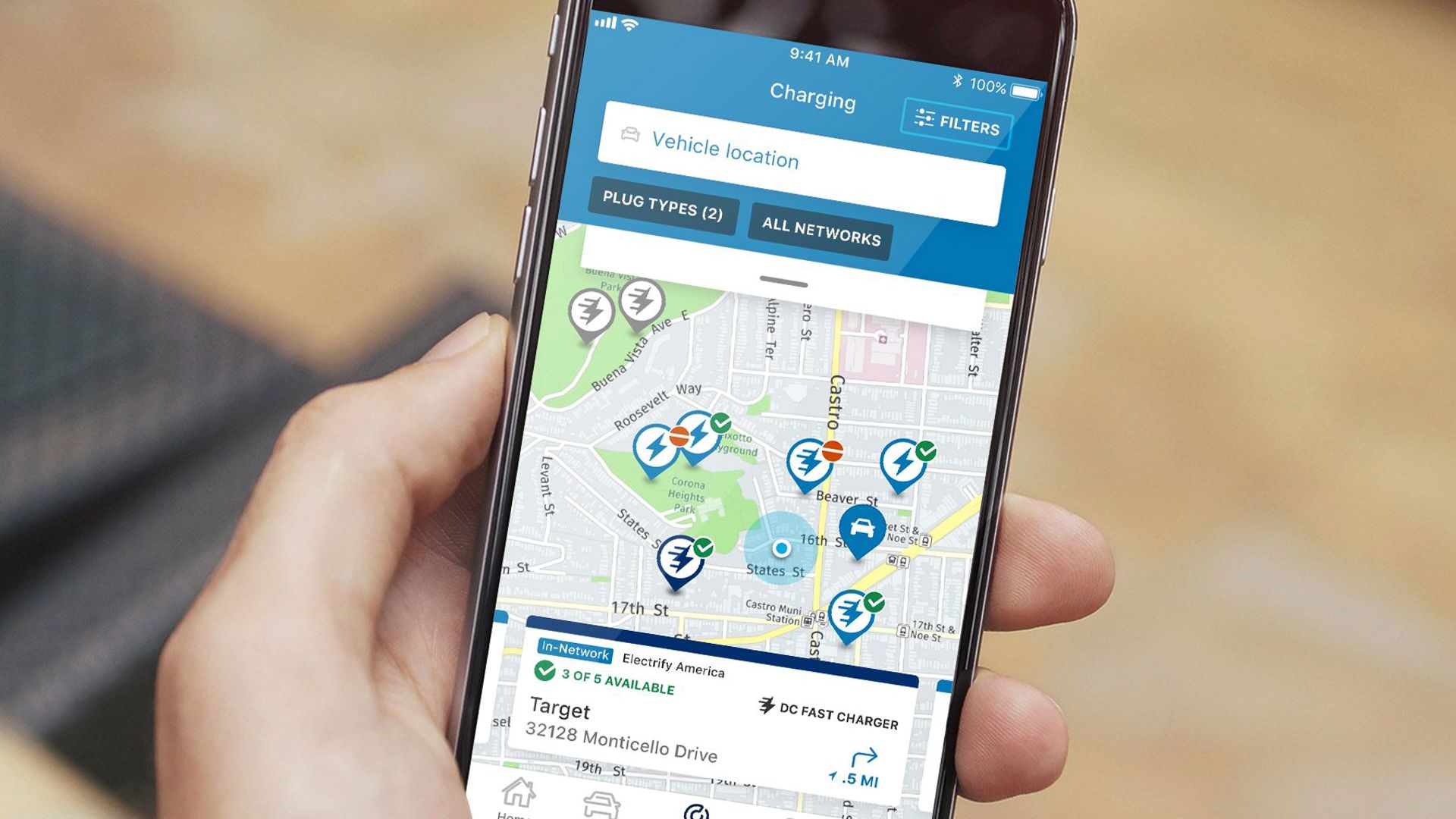
3. Hunt Down Free EV Charging
Use sites and apps like Plugshare and ChargeHub to track down which chargers in your area are free. The number of free chargers is dwindling and increasingly busy as EV sales grow, but still represent a healthy number of the overall total. Most Ikea stores have free EV charging, for example, and some people even open up their private driveway chargers for public use free of charge.
4. ABC and MWD: Always Be Charging and Move When Done
For maximum cost savings, remember to ABC: always be charging, especially if you’re driving a lower range PHEV where you’d otherwise have to burn gas. Charge at home, at malls, while shopping – the more you charge, the better (especially if you find a free charger), as long as you remember to Move When Done (MWD).
But now we’re starting to get into some EV community debates. Some EV purists argue that BEV owners typically need these chargers more than PHEV owners. It’s especially true for early gas-free models with relatively small ranges, where one’s desire to get home in EV mode is trumped by early adopter folks just wanting to make it home, period.
Your phone can usually be set by your EV’s app to notify you when your charge hits 80 per cent, when most EV charging slows down dramatically. There is also some data now that supports extending your EV’s battery life by limiting the amount of time the battery sits at full charge, another good reason to move on early.
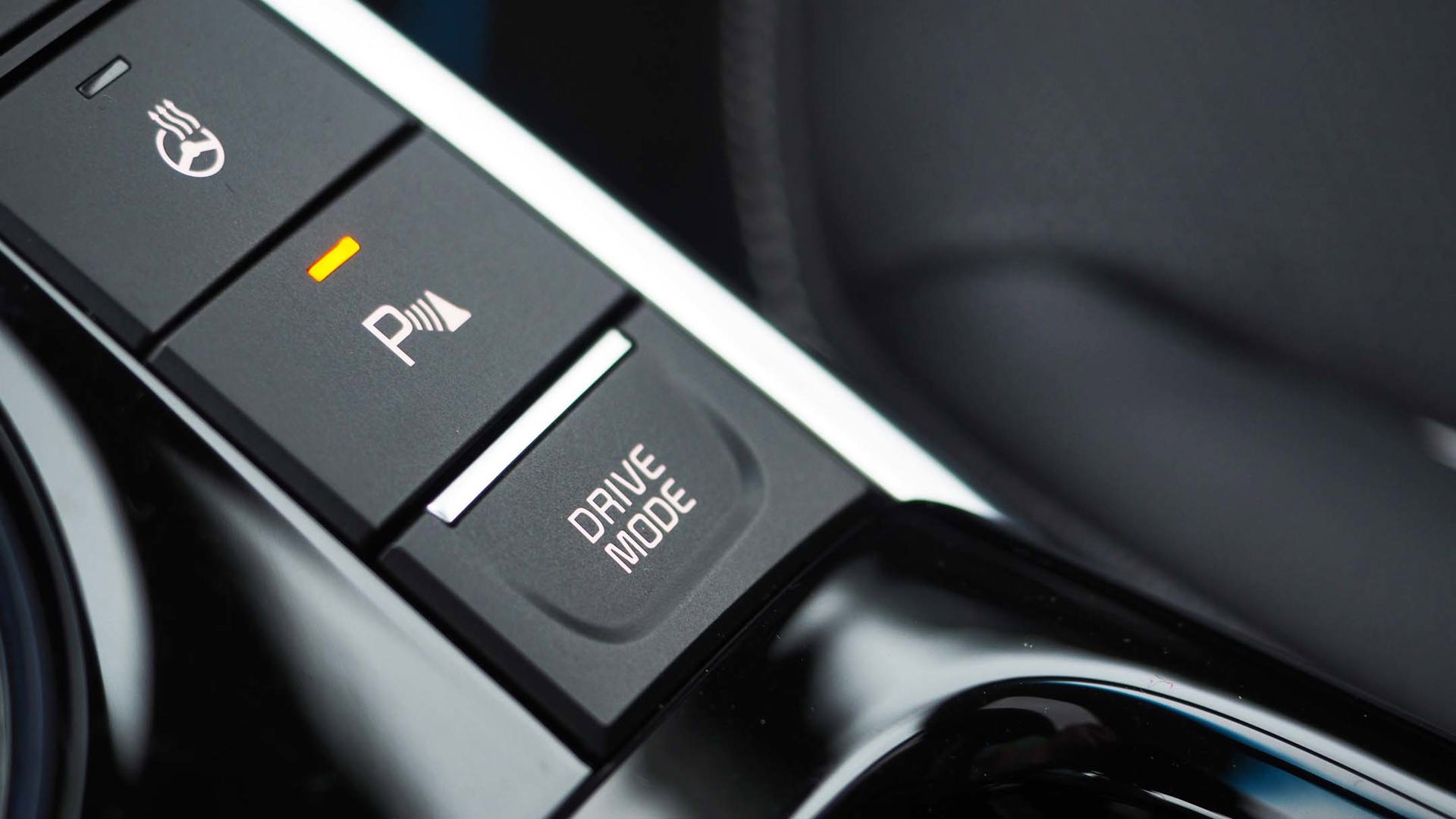
5. Become a Drive Mode Expert
Almost every plug-in car comes with an array of drive modes that help you increase your efficiency behind the wheel. Whether it’s different levels of brake regeneration or an Eco mode that also tamps down throttle sensitivity, it’s worth spending some time with your owner’s manual to truly get to know how each of its systems operates, and then practice maximizing your range with the various systems offered.
There are also braking coaches and drive mode coaches that gamify driving more efficiently, so it will pay to learn how yours operates.
6. Don’t Be Lured into Constant Regenerative Braking
Related to the above, keep in mind that coasting is usually better than regenerative braking for maximum efficiency since the amount of power recovered is only a fraction of that needed to move the vehicle, especially from rest.
So keep your eyes up, avoid coming to a full stop when possible, and extend out your regen braking for upcoming red lights or long downhills.
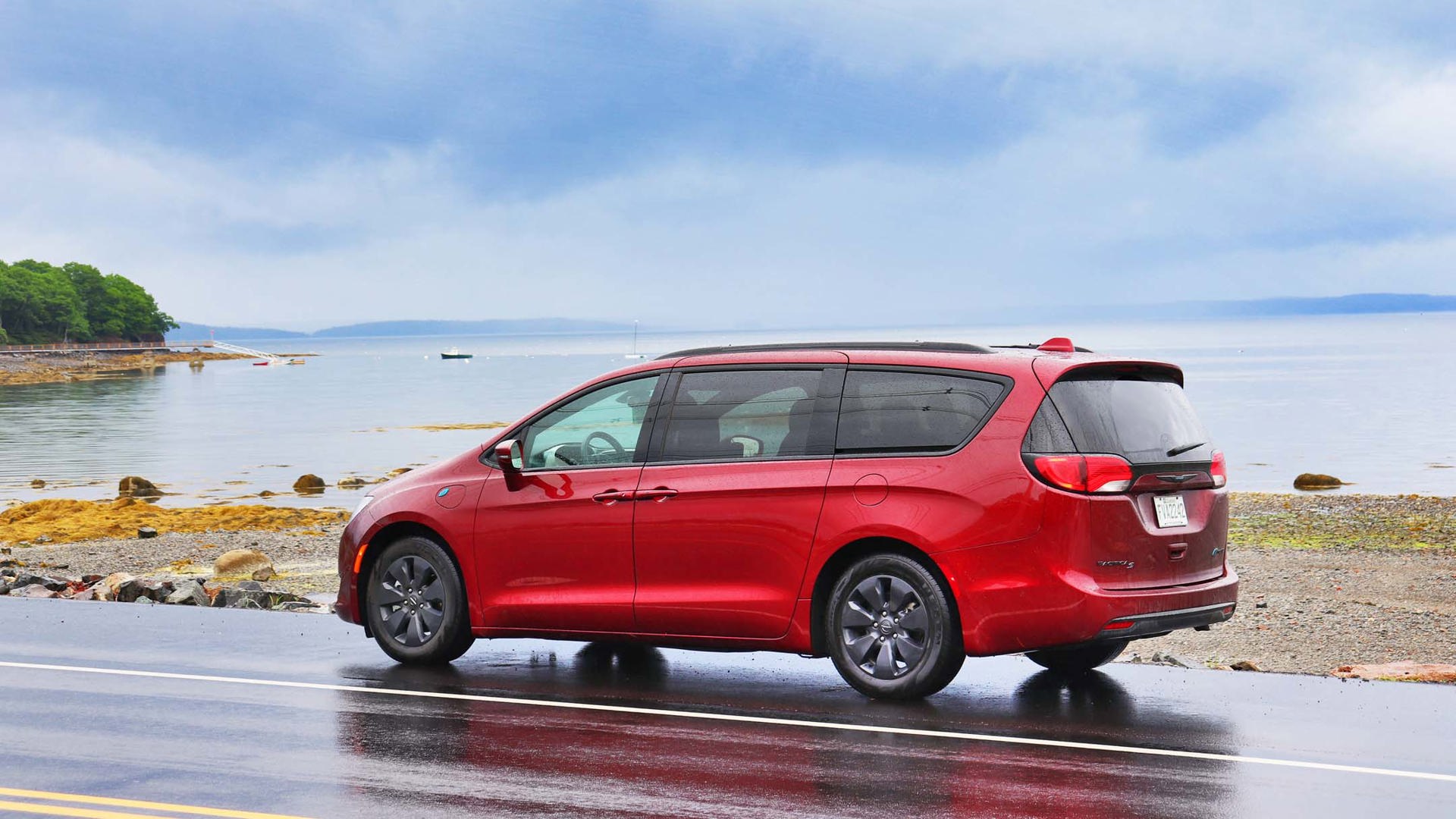
7. Plan Routes Wisely and Avoid Highways
As with all cars, you want to avoid traffic snarls to save time and your sanity, as well as fuel costs. But long uphill routes, even gradual ones, can eat into precious EV range, so a flatter route is usually more efficient.
And unlike with gas cars, most plug-in cars are not as efficient at highway speeds and anything higher than 80 km/h, so the more you can drive in the city or suburban routes, the better.
8. Precondition When Possible
Using your car’s app or your PHEV’s climate control timer settings to warm up or cool down the vehicle while plugged in just before you depart is a great way to limit the amount of juice needed to keep it at a comfortable temperature on the road.
Plus, walking into a warm car in the garage in winter that needs no snow brushing or ice scraping is one of the joys of plug-in ownership.
Sure, turning off the heat in the car when it’s cold out may extend your range, but no one wants to drive while shivering and the windshield will often soon fog up anyway, requiring now some defrosting.
Even if not plugged in, this preconditioning also helps warm up the traction battery before setting off, especially useful after sitting out in the cold for long periods.
